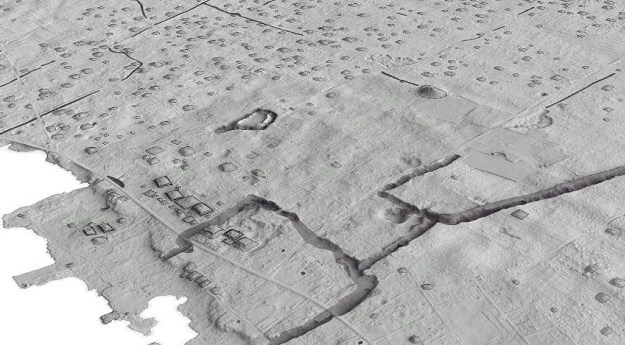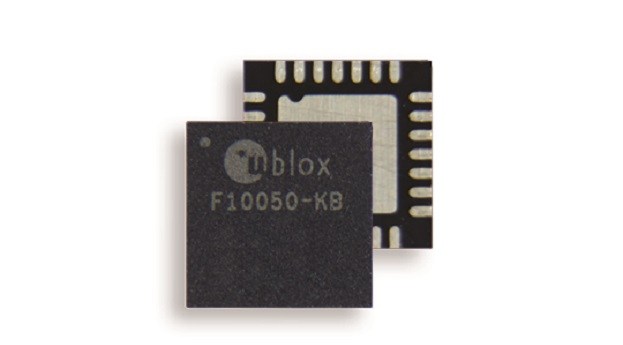
Optech has announced the world’s first multispectral LiDAR sensor, the Optech Titan, as the latest addition to its line of airborne laser terrain mappers (ALTM).
The Canadian company claims that the Optech Titan is ‘the launch of a new era in remote sensing,’ as the mapper offers the possibility of multispectral active imaging of the environment at day and night, allowing new vertical applications and information extraction capabilities for LiDAR.
In the past, single or dual-wavelength sensors were developed for specific market verticals and application requirements. Optech claims that the Titan breaks away from this convention by combining three beams with separate wavelengths, increasing the information content that can be derived from the target surface and allowing surveying professionals to address many more applications using a single sensor solution. The Titan is designed for a wide-range of tasks, such as high-precision, high-density topographic surveying, land cover classification, vegetation mapping, or shallow water bathymetry.
“Titan is a paradigm shift from what has traditionally been possible using airborne LiDAR,” said Michael Sitar, Optech’s business manager for Airborne Mapping Solutions. “By combining multiple wavelengths, we not only improve current methods and results for existing applications, but also open up completely new opportunities and applications for LiDAR moving forward. Titan represents a premium environmental mapping solution capable of much more than simple coordinate measurement.”
Titan incorporates three independent laser beams at different wavelengths, with a combined ground sampling rate approaching 1MHz. The sensor includes full gyro-stabilisation compatibility for predictable point distribution and a fully-programmable scanner for significant point density increases at narrower FOVs. Passive imagery support is available via fully-embedded high-resolution metric mapping cameras, including multispectral, thermal, NIR and RGB. For applications that demand it, Titan also includes full-waveform recording capability for each independent LiDAR wavelength.













